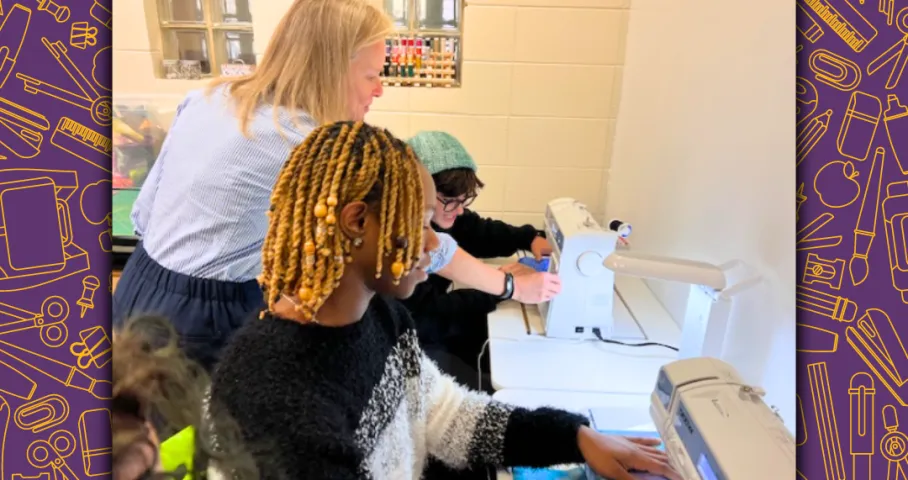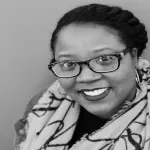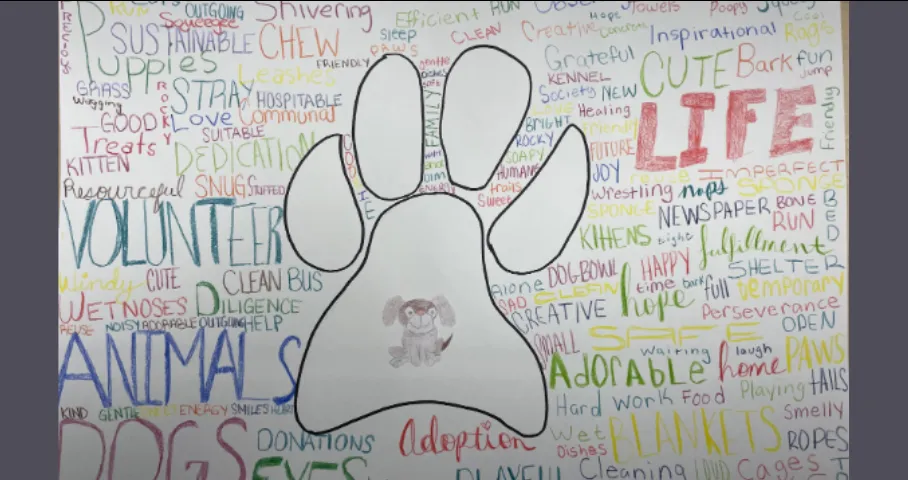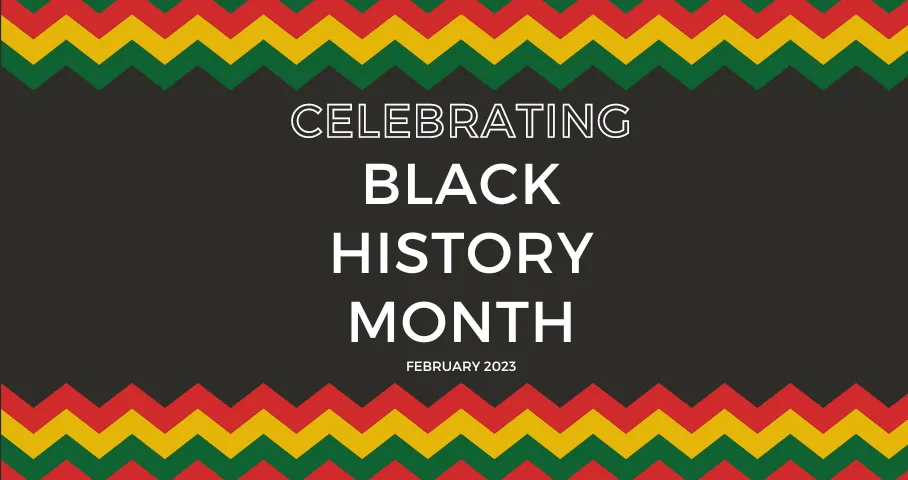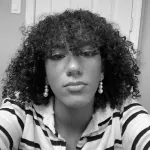Start with Music, Find More Along the Way
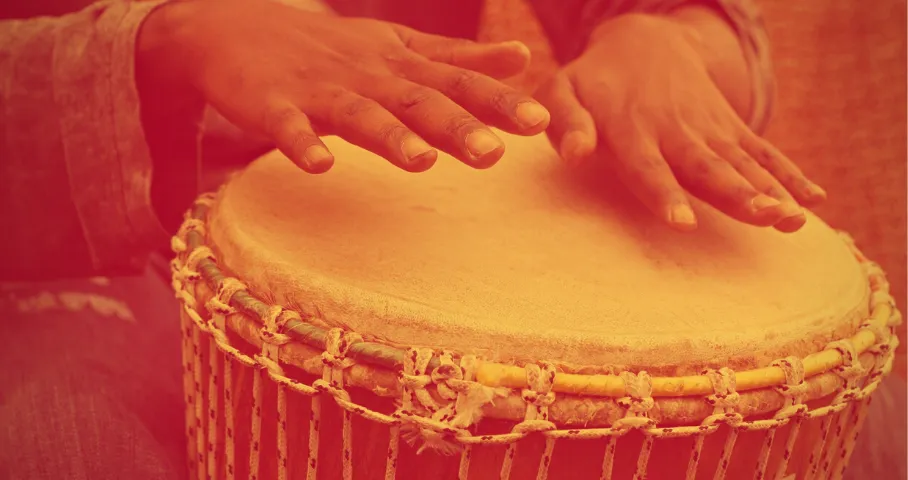
On Saturday, November 13, 17 educators joined us on campus for our free teacher retreat, "Exploring World Cultures Through Music and More," with Kennedy Center Teaching Artist Imani Gonzalez. Attendees explored ways to help students learn about the rich diversity of cultures through activities based on the music, stories and artifacts of Cuba and the African continent. They also learned how to immerse their students in Jazz by tracing its musical and cultural roots.
I work at the Governor’s School as the Music Outreach Teaching Artist and Service Learning Coordinator and got to sit in on the workshops. I wanted to take some time to reflect on the experience through the lens of the Governor’s School’s theme this school year: Reset. Refresh. Renew.
Reset.
Having spent seven years as a middle school band director prior to joining the Governor’s School, it’s very easy for me to forget that the ability to read standard notation is not a prerequisite skill for meaningful musical experiences. In fact, too often music literacy skills are a barrier to entry. In instrumental and vocal music, literacy is as central to the curriculum as it is in English Language Arts. We beat our heads against the wall, insisting that if the students will just learn to read the music, then they can participate in music making.
Enter the songs of the Yoruba, Ga, and Shona people.
Suddenly, the music teachers in the room had no advantage. When Gonzalez laid out her five-step process for learning a song, the written music was nowhere to be found. In fact, the teachers didn’t even get to see the lyrics until step three—after they heard them and did their best to repeat them through call and response.
The thing is, the musical notation we know is a relatively new practice. Music has spent a much more significant portion of history as a participatory activity. Gonzales introduced the music in this way because it was historically accurate to do so. While this may seem foreign in a wind ensemble classroom, Jazz musicians have understood the importance of this style of learning for years, often teaching players to listen and reproduce before they see.

Music is an art form built primarily on auditory and kinetic skills, yet we often let these skills take a backseat to reading ability.
What’s more, students often don’t make the progress we hope for because they constantly compare themselves to their peers. World music overcomes that barrier by leveling the playing field—reading level matters little when learning a song in a completely new language. Activities like this also make arts integration more accessible to the non-arts teacher, with little to no musical background required for implementation.
What happens if we reset our approach and focus on creating more opportunities for students to experience music-making? If we help them feel like musicians first, will they be more open to the literacy skills we later ask of them? It’s certainly worth a shot.
Refresh.
These teachers chose professional growth in lieu of their precious weekends, but that didn’t stop them from bonding over their desperate need for a refresh while writing the lyrics to their song, “Tired Teacher Blues,” as part of the retreat.
While we couldn’t give them a day off and a nap, sometimes the next best thing is a shock to the system, and Gonzales’s electric teaching style was just what the doctor ordered. It’s amazing what kind of growth and reflection can happen in a space where everyone feels safe and supported. This kind of environment doesn’t have to mean low expectations, as Gonzalez frequently reminded the teachers if they weren’t singing and dancing with enough energy (luckily they also had an endless supply of coffee).
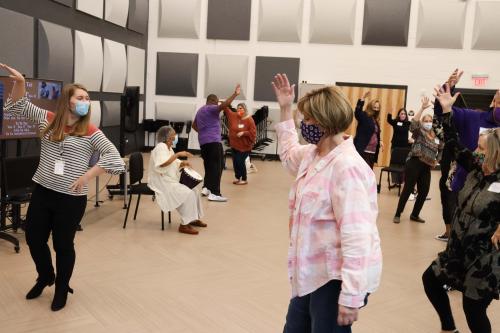
As challenging as the past year has been for teachers, our students are also in need of a refresh. This group was certain that these activities would have a similar impact on their students and may be just the kind of “different” their students need to re-engage.
More importantly, however, students can have opportunities to express thoughts and feelings, just like these teachers did, by actively participating in a music activity. It was by writing lyrics together that these teachers shared their desire to implement great ideas and integrated lessons in their classrooms, if only they had the necessary time to develop them.
This teacher retreat may not have re-charged their batteries the way a vacation can, but they did leave with a different kind of energy—a tool belt full of ideas ready to fold into their classrooms and the knowledge that their colleagues are right there with them.
Renew.
I’ve attended a good bit of professional development. As one of the younger teachers in the room that day, I realize that many of my colleagues have participated in five times the training, workshops, and conferences that I have.
None of them have been able to bring joy to a room full of tired educators like Imani Gonzalez.

It’s absolutely because joy is such a big part of who Gonzalez is. She shares of herself so you will share with her. She goes out of her way to make you feel appreciated and seen. She uses humor to keep spirits up and tells you she loves you if the humor happens to be directed at you. She reminds teachers that they are full of light and to not forget to let it shine.
But there was something else responsible for the joy I experienced during this workshop. One of the core values of our Outreach programs is the teacher-as-artist model. Some artists enjoy teaching, but all artists enjoy participating in their art form, and this was no exception. Whether these teachers were on their feet singing and moving to the Shona people’s Shiri Yakanaka or learning about the work-song roots of blues music through It’s a Long John, Gonzalez helped renew the joy of creating with others.
Internalizing and sharing that joy with students is such an important part of what arts teachers do, so opportunities for them to practice their craft are absolutely vital. By getting to be the student for a day, these teachers renewed their artistic spirit and left as better educators.


